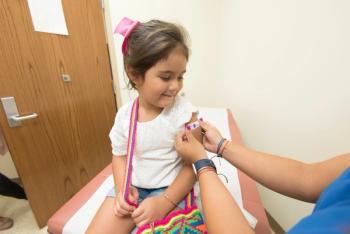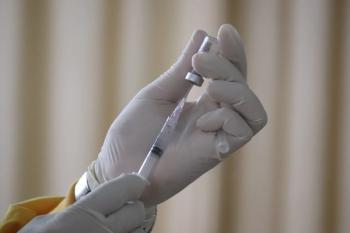
HSV-2 Prevention Measures Could Be Important Tool in Ending HIV Epidemic
Existing evidence has suggested a strong biological link between HIV and herpes simplex virus 2 infection.
Existing evidence has suggested a strong biological link between HIV and herpes simplex virus 2 (HSV-2) infection. It has been posited that infection with HSV-2 increases susceptibility to HIV acquisition, infection with HSV-2 or HIV can increase transmissibility of the other, and HSV-2 can become more severe among people with HIV-related immunosuppression.
In fact, a 2017 systematic review and meta-analysis of 55 prospective studies concluded that the adjusted risk of HIV acquisition is at least tripled in individuals with HSV-2 infection.
A research team, led by investigators from the Bristol Medical School at the University of Bristol in the United Kingdom, set out to assess the potential contribution of HSV-2 infections to HIV incidence using the most recently available data. Findings from the study were published in
For the study, the investigators applied an epidemiological formula to estimate the global and regional population attributable fraction (PAF) and number of HIV infections attributable to HSV-2. More specifically, the study team looked at infections by age groups (15-24 years, 25-49 years, and 15-49 years), sex, and timing of HSV-2 infection (established or recently acquired).
In order to calculate the estimates, HSV-2 and HIV infection data from a systematic review and meta-analysis were pooled with relative risk (RR) estimates to determine the effect of HSV-2 on HIV acquisition. The team notes that only relative risk estimates that were adjusted for potential confounders were used, due to the shared sexual and other risk factors between the 2 infections.
Results indicate that approximately 420,000 (95% uncertainty interval 317,000-546,000; PAF 29.6%) of 1.4 million sexually acquired HIV infections were attributable to HSV-2 infection among individuals aged 15-49 years in 2016.
When analyzing data based on WHO regions (Americas, Africa, Eastern Mediterranean, European, South-East Asia, and Western Pacific), the contribution of HSV-2 to HIV was largest for the African region (PAF 37.1% [28.7-46.3]). Investigators note that HSV-2 is highly prevalent in Africa.
The investigators also found that the contribution of HSV-2 to HIV was largest women (34.8% [23.5-45.0]), individuals aged 25-49 years (32.4% [25.4-40.2]), and established HSV-2 infection (26.8% [19.7-34.5]).
“A large burden of HIV is likely to be attributable to HSV-2 infection, even if the effect of HSV-2 infection on HIV had been imperfectly measured in studies providing adjusted RR estimates, potentially because of residual confounding,” the authors wrote in their report.
Based on these findings, the investigators note that developing new interventions to prevent interventions against HSV-2 infection could be helpful to not only improve the quality of life of affected individuals by reducing the prevalence the infection, but also could have an additional, indirect effect on HIV transmission.
Newsletter
Stay ahead of emerging infectious disease threats with expert insights and breaking research. Subscribe now to get updates delivered straight to your inbox.














































































































































































































































































